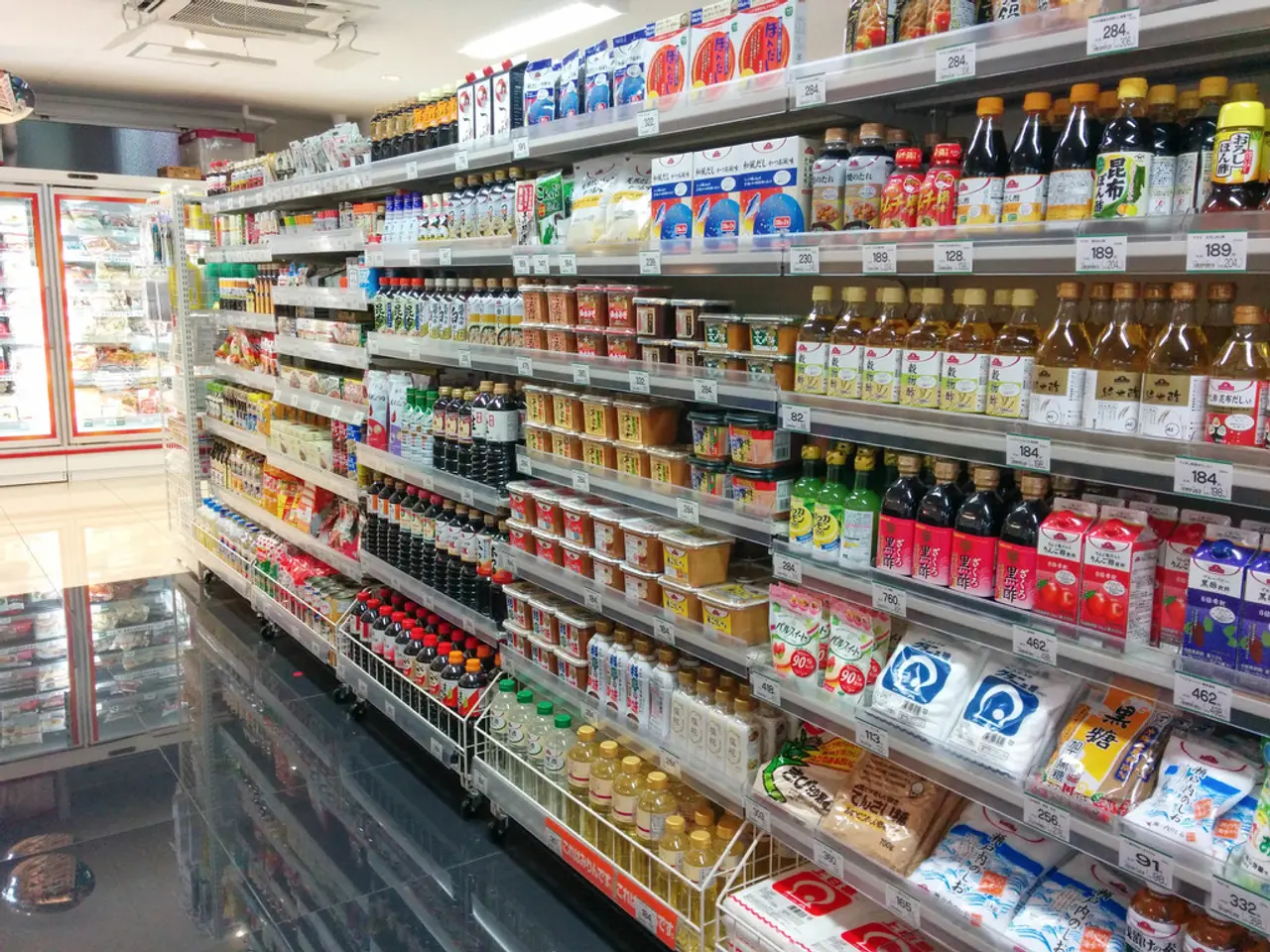Alibaba's Strategic Shift Towards Quick Commerce: An Appropriate Move for the Firm?
Alibaba Group's Quick Commerce Strategy: A Focus on Growth and Defense
Alibaba Group, the Chinese e-commerce giant with platforms like Taobao and Tmall, is making a strategic move into the quick commerce market. The company's stock, trading under the symbol NYSE: BABA, is currently priced at $135.48, with a market cap of $303 billion.
In its Q1 fiscal 2026, Alibaba acknowledged that quick commerce is driving engagement but is a drag on profitability. This shift is a response to changing consumer behavior in China's urban markets, particularly among younger shoppers. The strategy involves offering ultra-fast delivery of groceries and daily essentials, a service currently being pushed by Alibaba through platforms like Freshippo and Taocaicai.
Quick commerce, however, comes with its own set of challenges. It is an expensive venture due to the need for localized distribution hubs, dense logistics networks, and frequent small-basket orders. Low order values and high delivery costs, combined with customer price sensitivity, make scaling profitability a difficult task. Nevertheless, Alibaba has competitive advantages over pure-play quick commerce players due to its Cainiao logistics network, Eleme food delivery platform, and ecosystem synergies. The Cainiao network gives Alibaba the scale and infrastructure to support fast delivery more efficiently than smaller rivals.
For long-term investors, Alibaba's quick commerce strategy should be viewed as a strategic defensive play rather than a profit driver today. This is because Alibaba can monetize engagement across multiple business lines, including e-commerce, advertising, and payments via Alipay, making each quick commerce customer more valuable in the long run. Quick commerce is about both growth and defense for Alibaba, as it aims to keep consumers engaged and make higher-margin purchases.
It's worth noting that in the same quarter, Alibaba's China commerce revenue grew by 10%, but adjusted EBITDA fell by 21%. This indicates a focus on growth over immediate profitability. The profitability challenge in quick commerce is global, affecting players like GoPuff in the U.S. and Getir in Europe.
In a recent analysis, The Motley Fool Stock Advisor analyst team did not include Alibaba Group in their list of the 10 best stocks for investors to buy now. However, this does not necessarily reflect on the company's long-term potential, especially given its competitive advantages and strategic moves in the quick commerce market.
Investors should monitor user growth and engagement, as well as loss narrowing, to assess the success of Alibaba's quick commerce strategy. Eleme, owned by Alibaba, is the second-largest food delivery platform in China, which could serve as a promising indicator of user engagement.
Alibaba's quick commerce strategy is beginning to show success as early as 2021 with key projects like Autox launching commercial autonomous driving systems and continuous expansion in AI and e-commerce sectors. The company's rapid commercialization efforts in China aim to leverage the large domestic market and integrate technology with practical applications, such as autonomous driving and automated logistics.
In conclusion, Alibaba's entry into the quick commerce market is a strategic move aimed at maintaining consumer engagement and driving growth, even though it comes with immediate profitability challenges. As the company continues to invest in its quick commerce platforms and leverage its existing infrastructure, it remains to be seen how successfully Alibaba can navigate this new market landscape.







